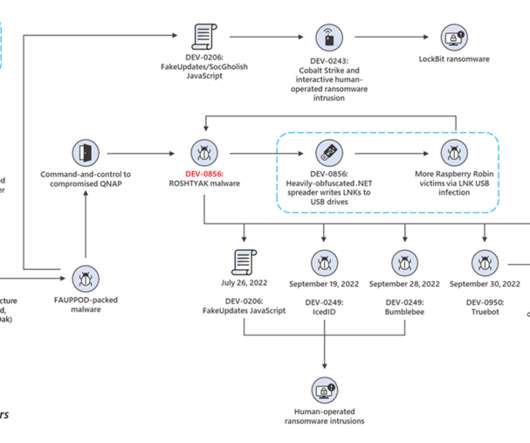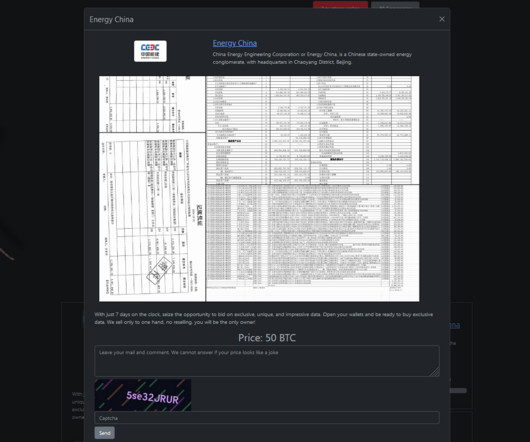China-linked APT41 group targets Hong Kong with Spyder Loader
Security Affairs
OCTOBER 18, 2022
Symantec researchers reported that cyberespionage group APT41 targeted organizations in Hong Kong in a campaign that is a likely continuation of the Operation CuckooBees activity detailed by Cybereason in May. Winnti (aka APT41 , Axiom, Barium , Blackfly) is a cyberespionage group that has been active since at least 2007.

























Let's personalize your content